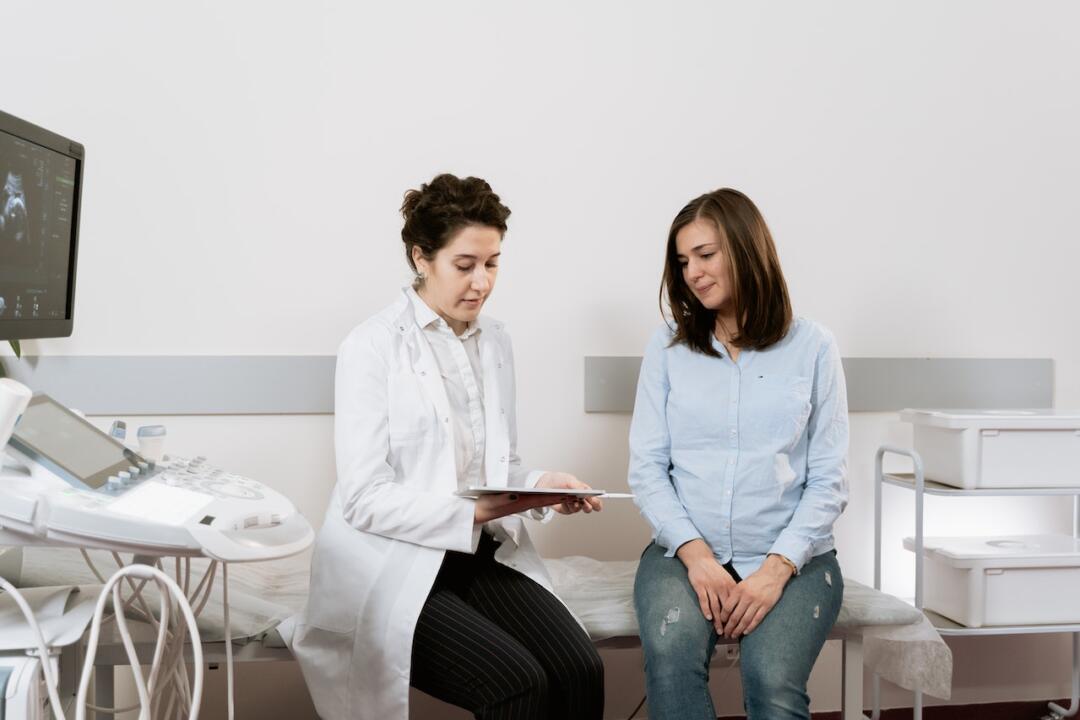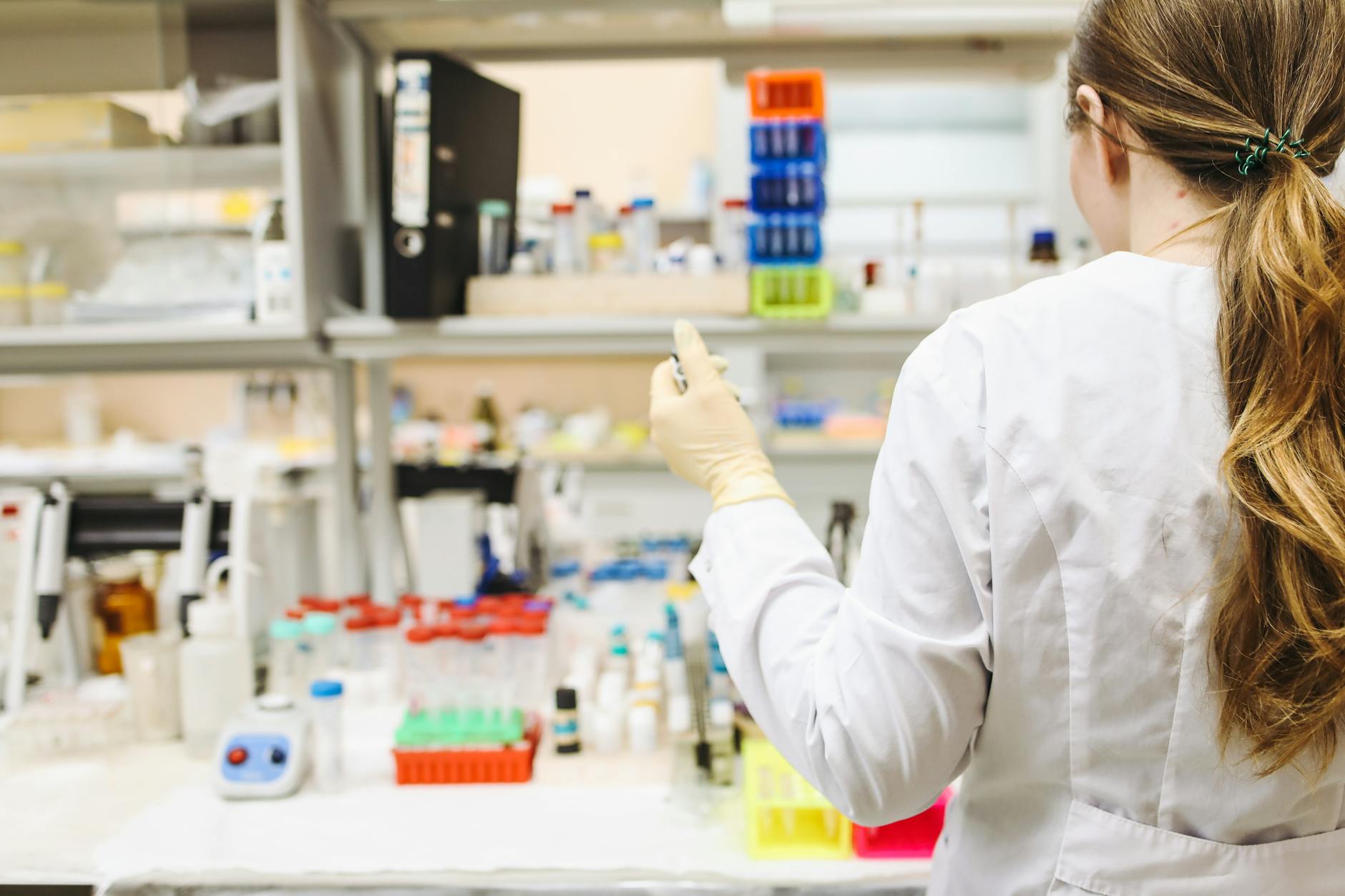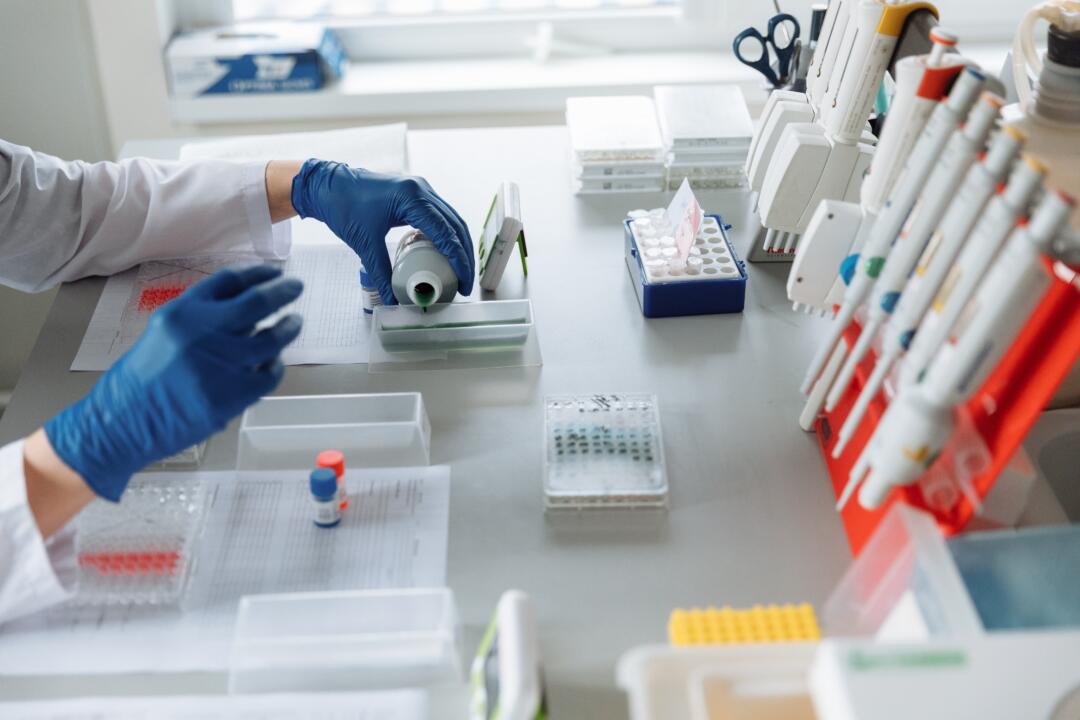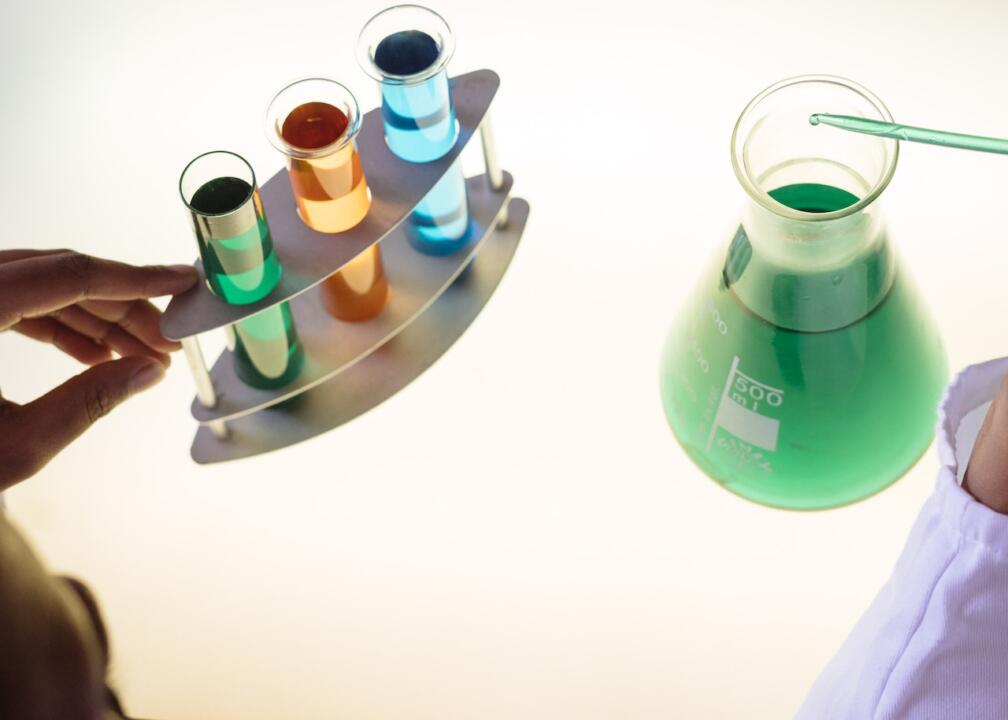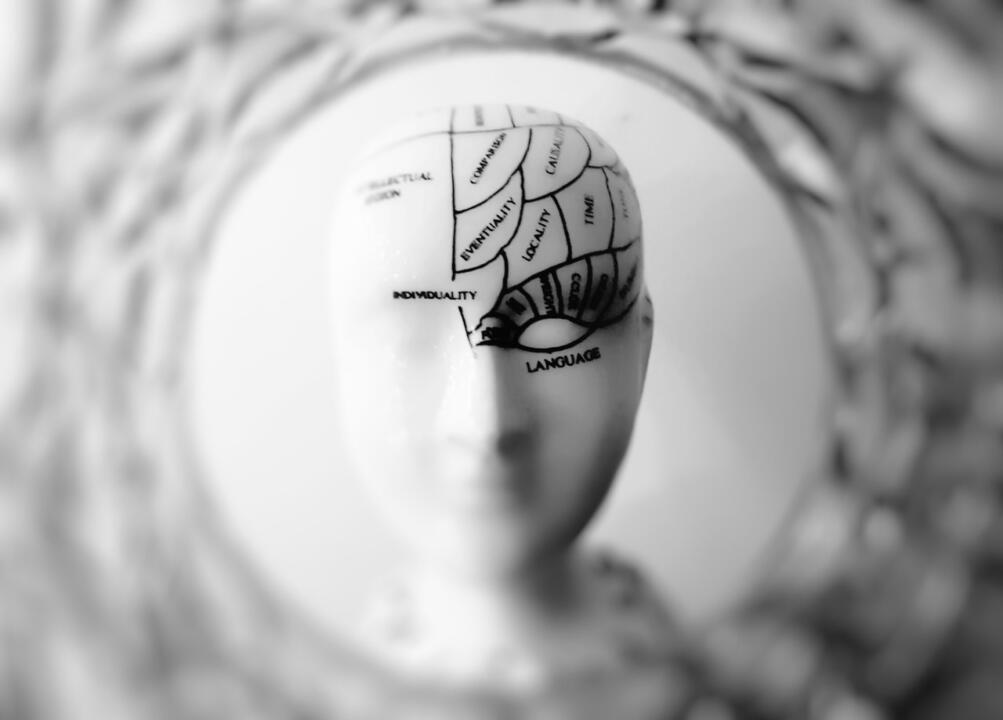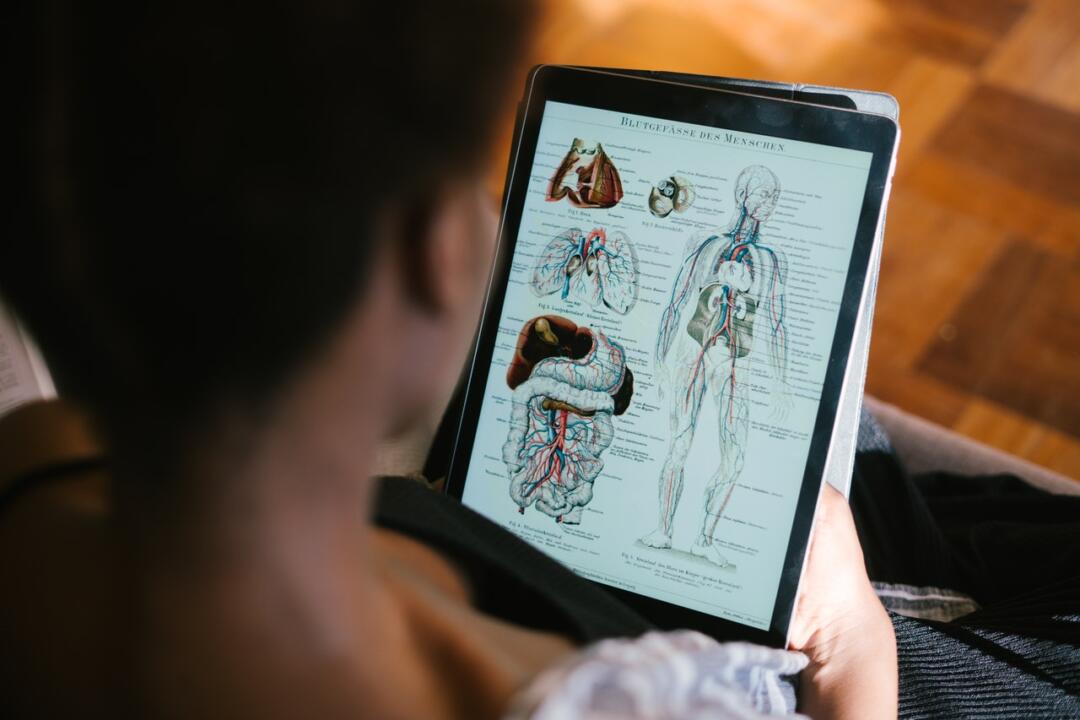Your cart is currently empty!
3rd year at traditional medical school
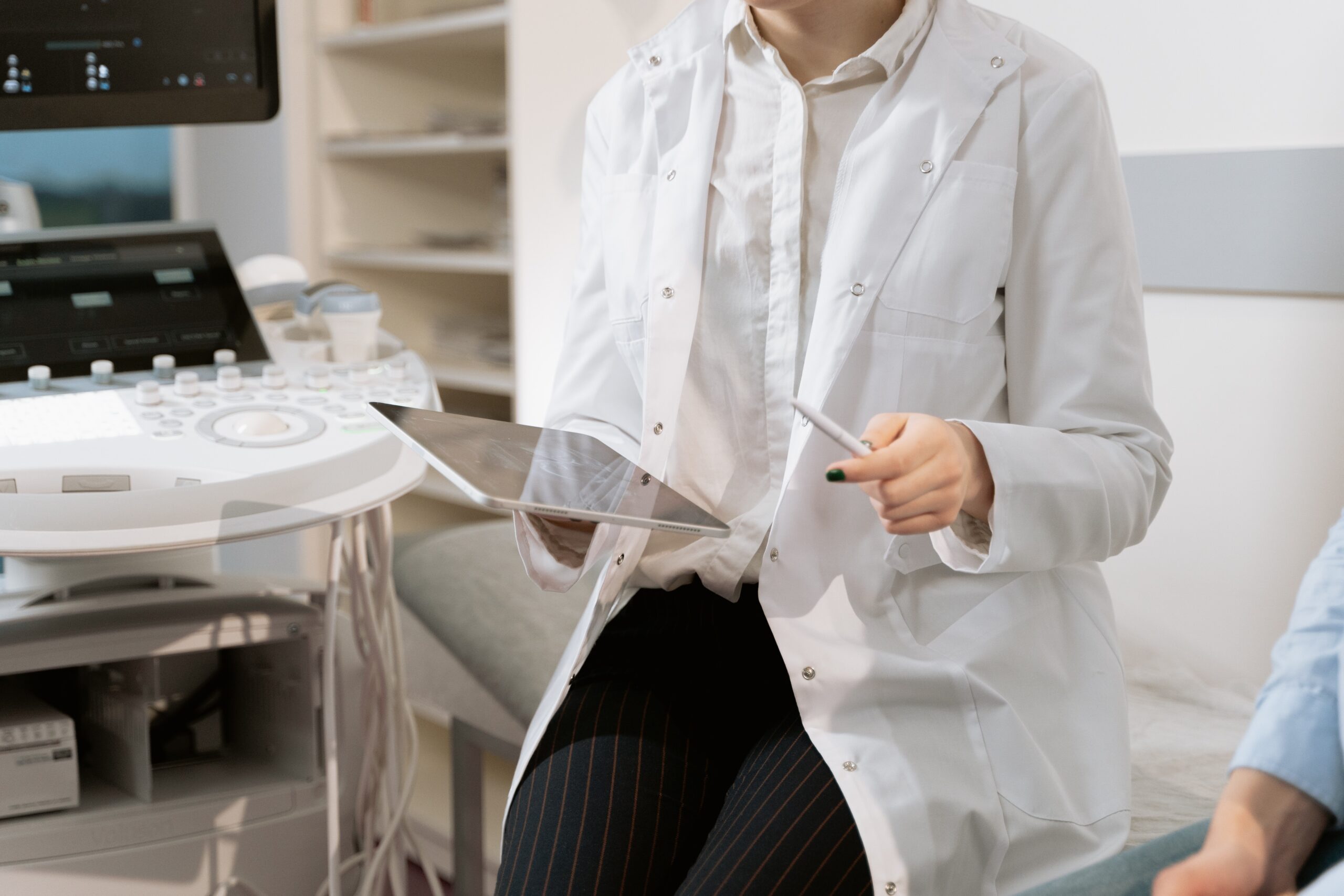
In the third year of a traditional medical school, students transition from the foundational pre-clinical years to the clinical phase of their training. The focus shifts from classroom-based learning to hands-on clinical experience. Here are the key aspects of the third year:
- Core Clinical Rotations: Students participate in core clinical rotations, commonly known as clerkships, which provide exposure to different medical specialties. These rotations typically include:
- Internal Medicine: Diagnosis and management of adult medical conditions.
- Surgery: Exposure to surgical procedures and patient care in surgical specialties.
- Pediatrics: Caring for infants, children, and adolescents.
- Obstetrics and Gynecology: Learning about pregnancy, childbirth, and women’s health.
- Psychiatry: Understanding mental health conditions and treatments.
- Clinical Skills Development: Students refine their clinical skills, such as taking detailed patient histories, performing physical examinations, and presenting cases to senior physicians.
- Team-Based Learning: Working as part of a healthcare team, students collaborate with residents, attending physicians, nurses, and other healthcare professionals in patient care.
- Clinical Decision-Making: Students are involved in formulating diagnoses and treatment plans under supervision, developing their ability to make informed clinical decisions.
- Continuity Clinics: Some programs offer continuity clinics, where students follow patients over an extended period to observe disease progression and continuity of care.
- Assessment and Evaluation: Students are evaluated based on their performance during clinical rotations, which may include oral exams, written assessments, and evaluations from preceptors.
- Step 2 Exams: Students may begin preparing for Step 2 of the United States Medical Licensing Examination (USMLE) or similar licensing exams in other countries.
- Elective Rotations: Depending on the curriculum, students may have the option to participate in elective rotations in specialized areas of interest.
The third year provides invaluable clinical exposure, allowing students to apply their knowledge in real patient settings. It helps students explore various medical specialties and gain a deeper understanding of different aspects of patient care, preparing them for more specialized training in their future medical careers.
Discover more from mymedschool.org
Subscribe to get the latest posts sent to your email.


